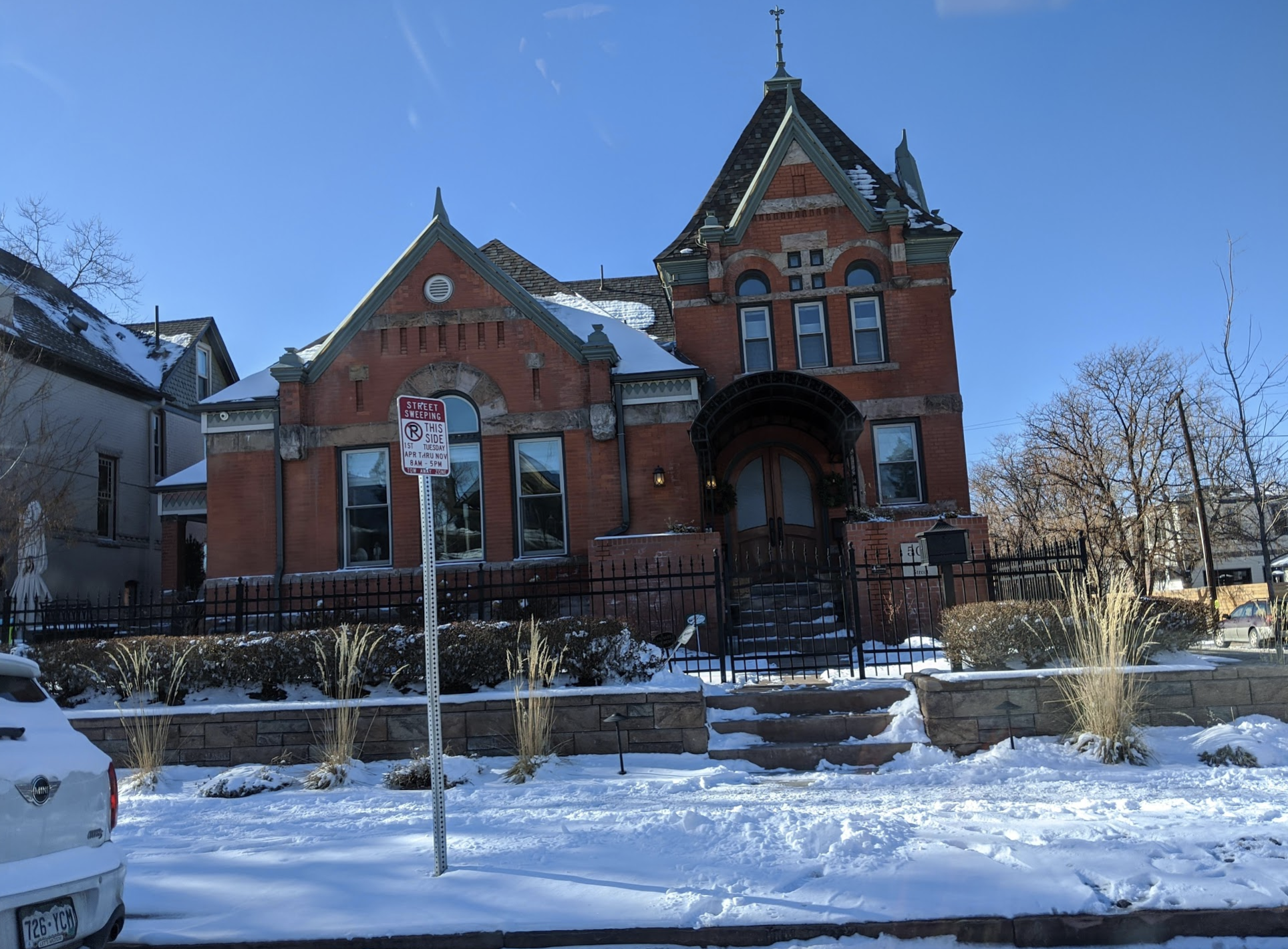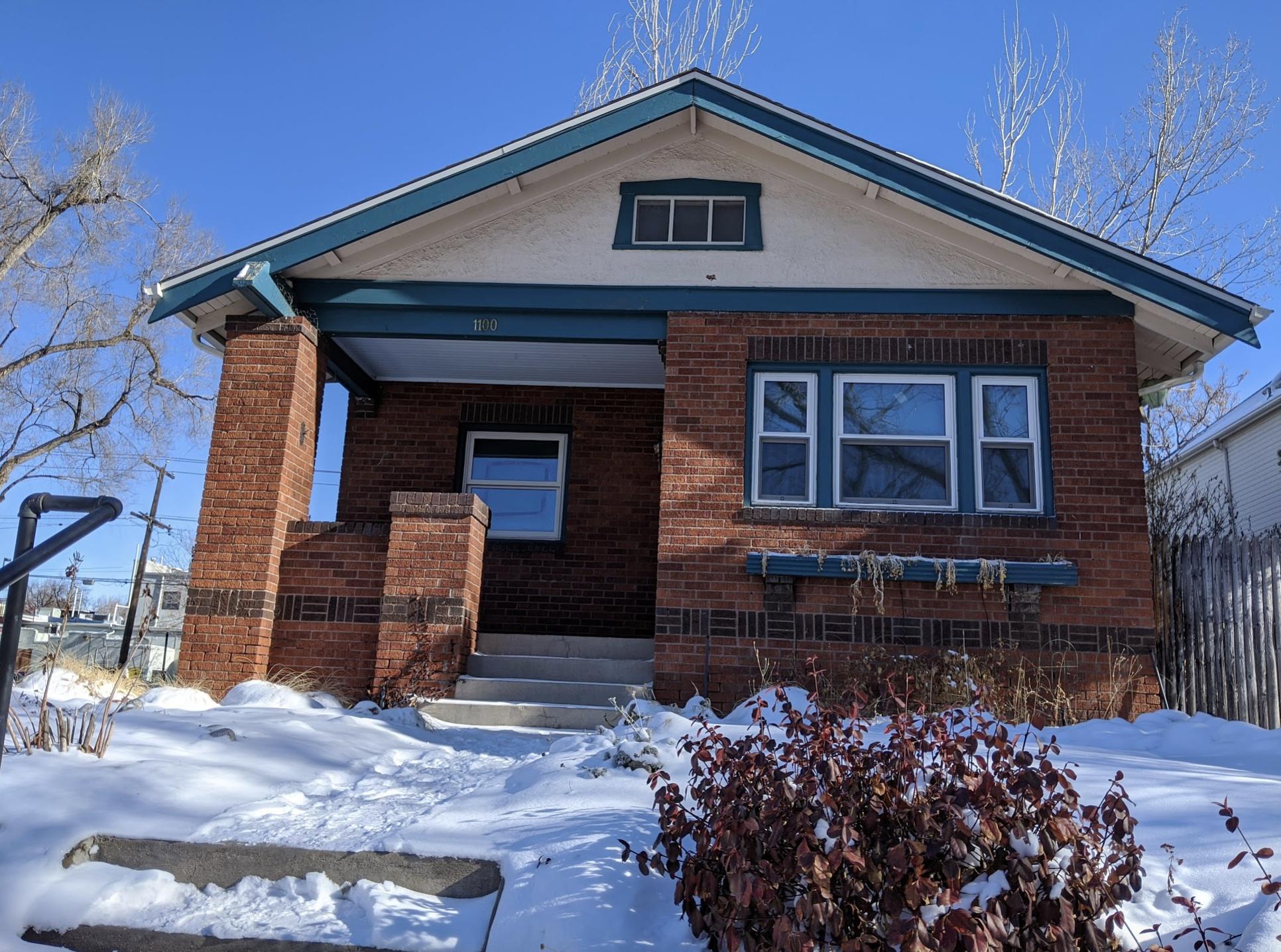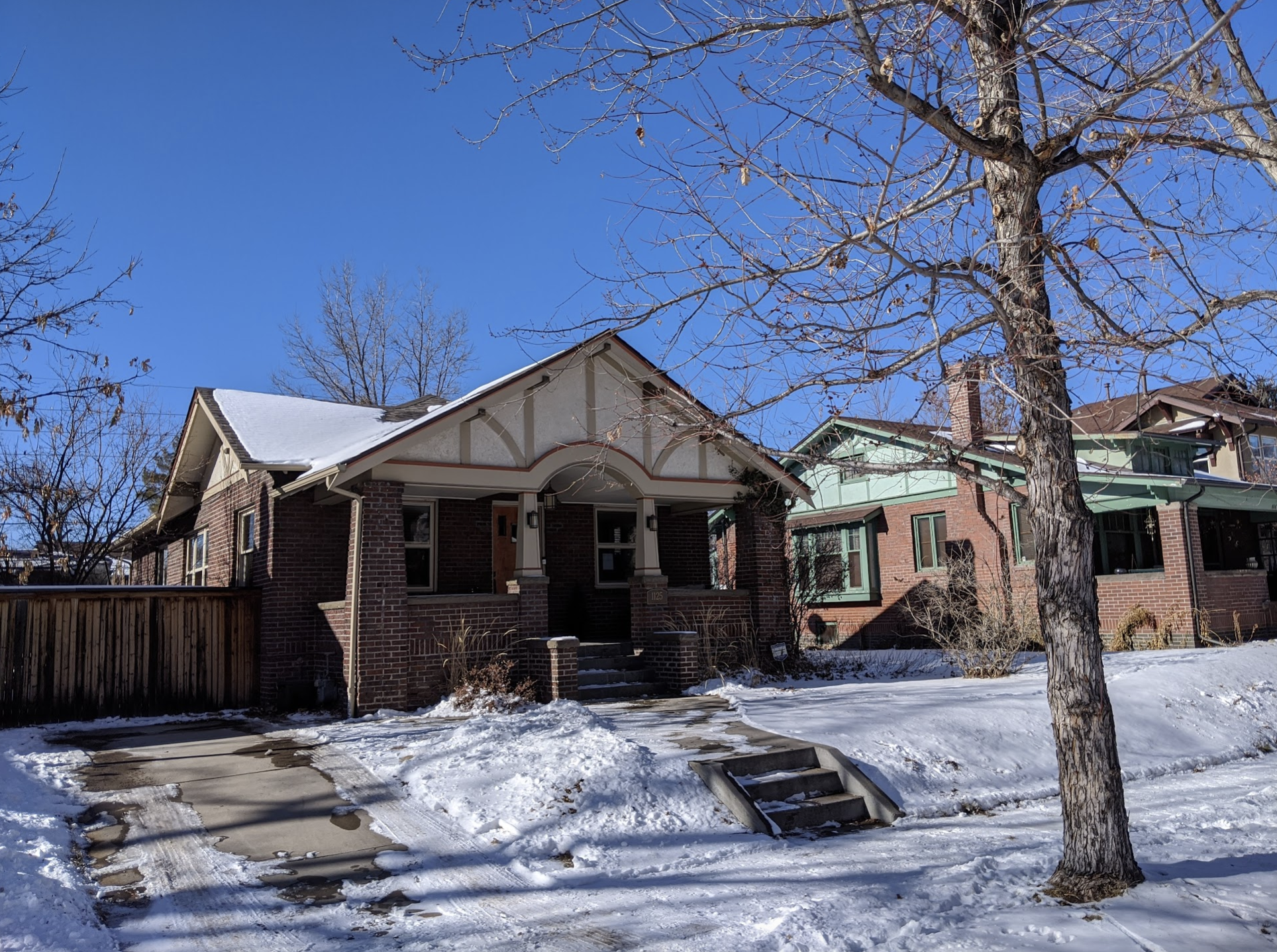We're not going to build more Main Street towns. Here's one way to move on.
Strong Towns member Johnny Sanphillippo blogs at Granola Shotgun. This post is republished from his blog with permission. You can view the original, with additional photos, here.
This is an old neighborhood in Denver. (“Old” by American standards goes back to about the 1890s in Colorado. It ain’t Rome.) But when I daydream about places I love these are the kinds of neighborhoods and buildings that come to mind. These are modest yet sturdy buildings that were constructed incrementally over time by many individual families. Collectively they form a coherent town.
I’ve learned not to get too romantic about how these places came to exist. They’re the product of basic corporate profit-seeking. A railroad company bought worthless acreage in a brittle patch of prairie on the edge of town, carved up the territory into a neat grid, and sold off vacant lots for cash. The railroad provided transportation in order to make money flipping real estate. Selling train tickets was merely a means to an end. The real money was in land speculation. Individuals then built whatever they could afford in the cheapest way possible in an era of all-cash construction and short-term high-interest loans. These places needed to be productive and cash flow immediately or they failed.
The end result delivered simple bungalows and grand mansions next to each other. Shops mix with single family homes and small apartment buildings. Kids walk to school and public parks. Shopping can be done on foot. It’s all very pleasing to me. These neighborhoods are also fabulously economical to maintain long after the railroad company dissolves and dismantles its infrastructure. What I see is evidence that imperfect people fueled by greed, frugality, and necessity can converge to create pretty good places that hold up over time. We don’t need saints to build respectable towns that endure. This stuff isn’t complicated. But it does require consensus.
But times have changed. I want to describe what isn’t possible anymore. Or more accurately, what’s highly unlikely given prevailing dynamics. If I’m going to live in an apartment I’d prefer one that exists within a walkable neighborhood where I can manage without the expense of a car. I’d like basic necessities like employment, grocery stores, and entertainment close at hand. And I’d really rather have a human-scaled atmosphere rather than a massive tower block along a highway. One of the benefits of apartment living, at least for those who enjoy it, is having convivial neighbors nearby rather than anonymous corridors and desolate landscapes.
These century-old courtyard apartments have the look and feel of cottages and blend in with the adjacent single family homes. They’re inexpensive to build and deliver real value to the owner, the occupants, and the larger community. They work beautifully for young people just starting out, older people who have fewer needs in retirement, and people on tight budgets. This kind of market rate housing stock was once normal. But it isn’t anymore and it’s not coming back in a meaningful way.
Next door is what we get instead. The social, regulatory, and market context mandates off-street covered parking spaces for each unit. That means the housing is bumped up to the second floor. Engineering considerations set in that aren’t necessary in a smaller single story building. To absorb those added costs it makes sense to build a larger taller structure to spread out the extra expense. But there are height restrictions to navigate. Economically the builders are compelled to occupy a larger plot of land and built out horizontally which adds more costs. Larger buildings typically require an elevator for handicapped accessibility, multiple stairwells for fire egress, fire sprinklers, and emergency fire access lanes around the entire complex, et cetera.
Of course, all that bulk triggers resistance from surrounding property owners who fear the character of the neighborhood will change, excessive traffic, blah, blah, blah. Community engagement efforts and political horse trading must be deployed. All that costs more money. So the finished product is obliged to cater to an upper income clientele. What could have been straightforward moderately priced yet profitable accommodations becomes “gentrification.” I don’t dislike these buildings so much as I wish they were one of many other options. At the moment it’s this or nothing.
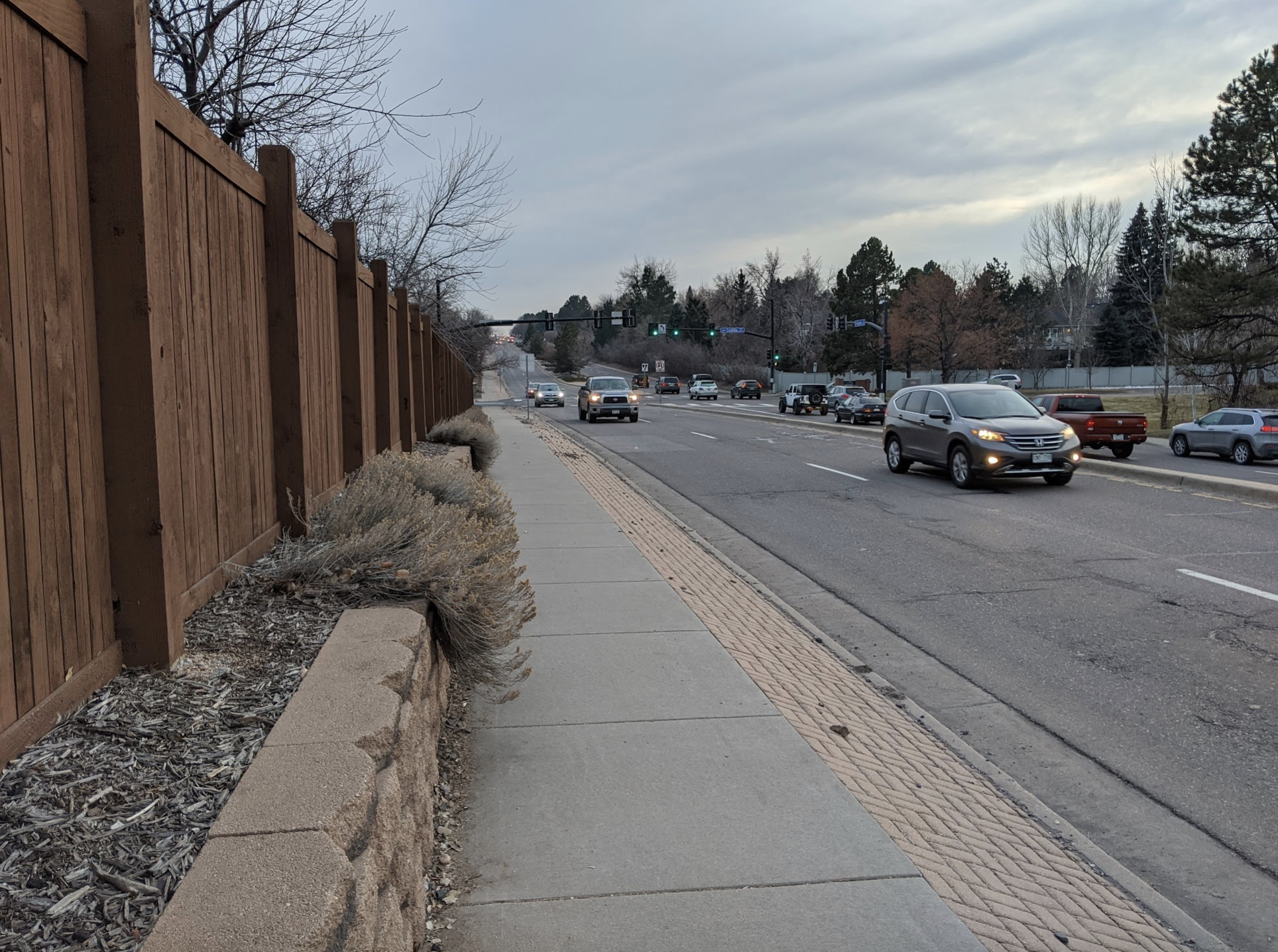
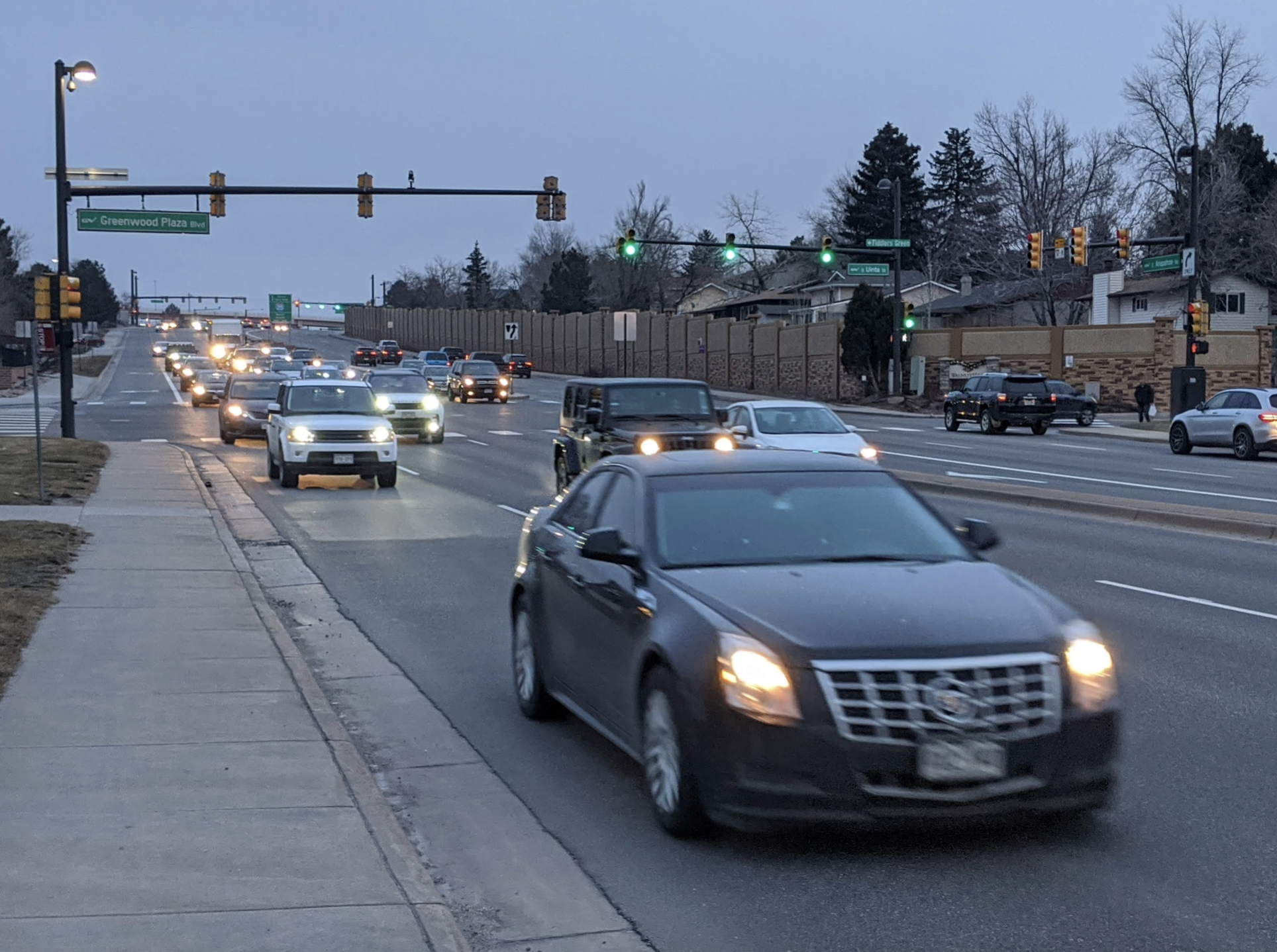
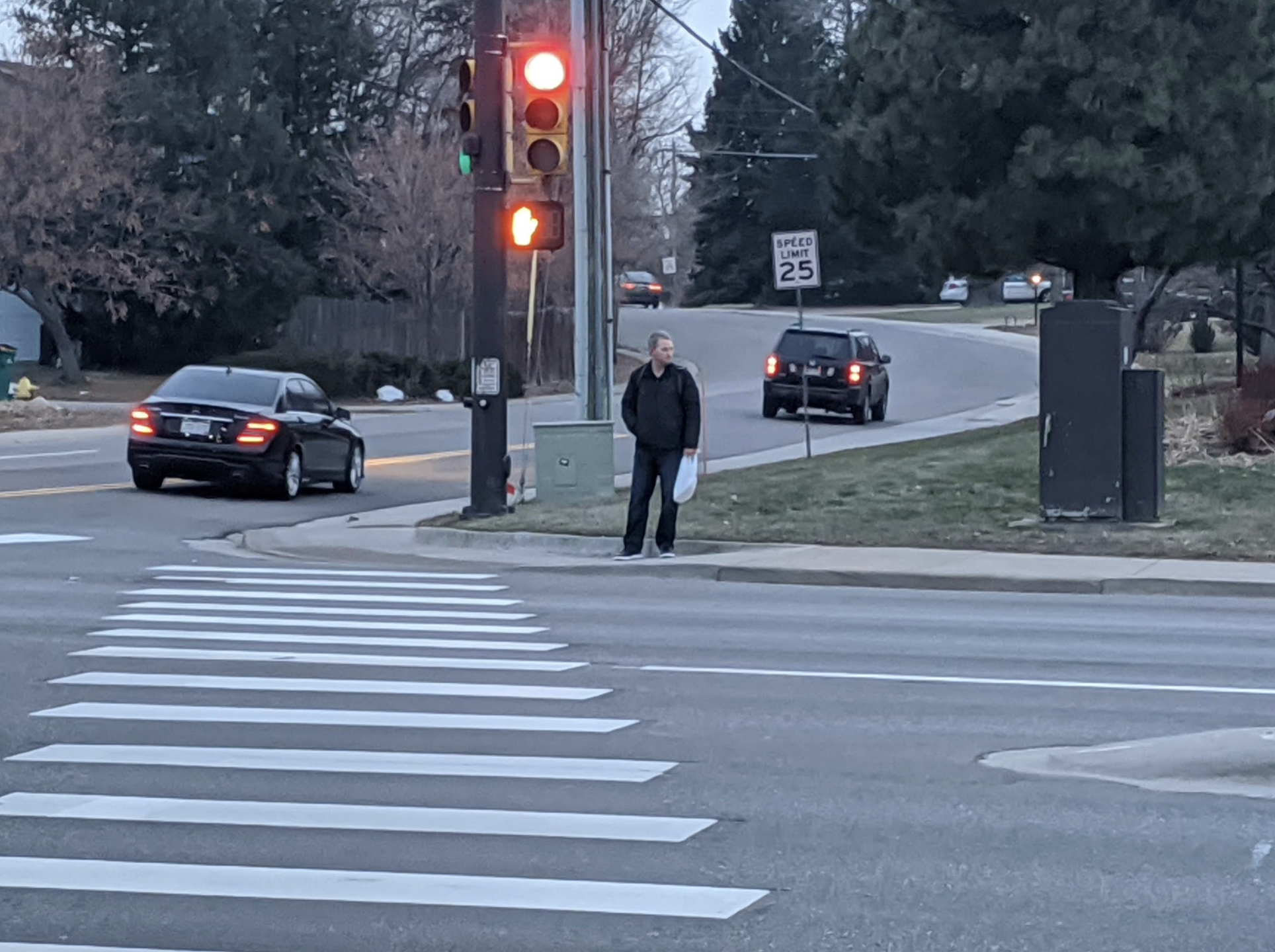
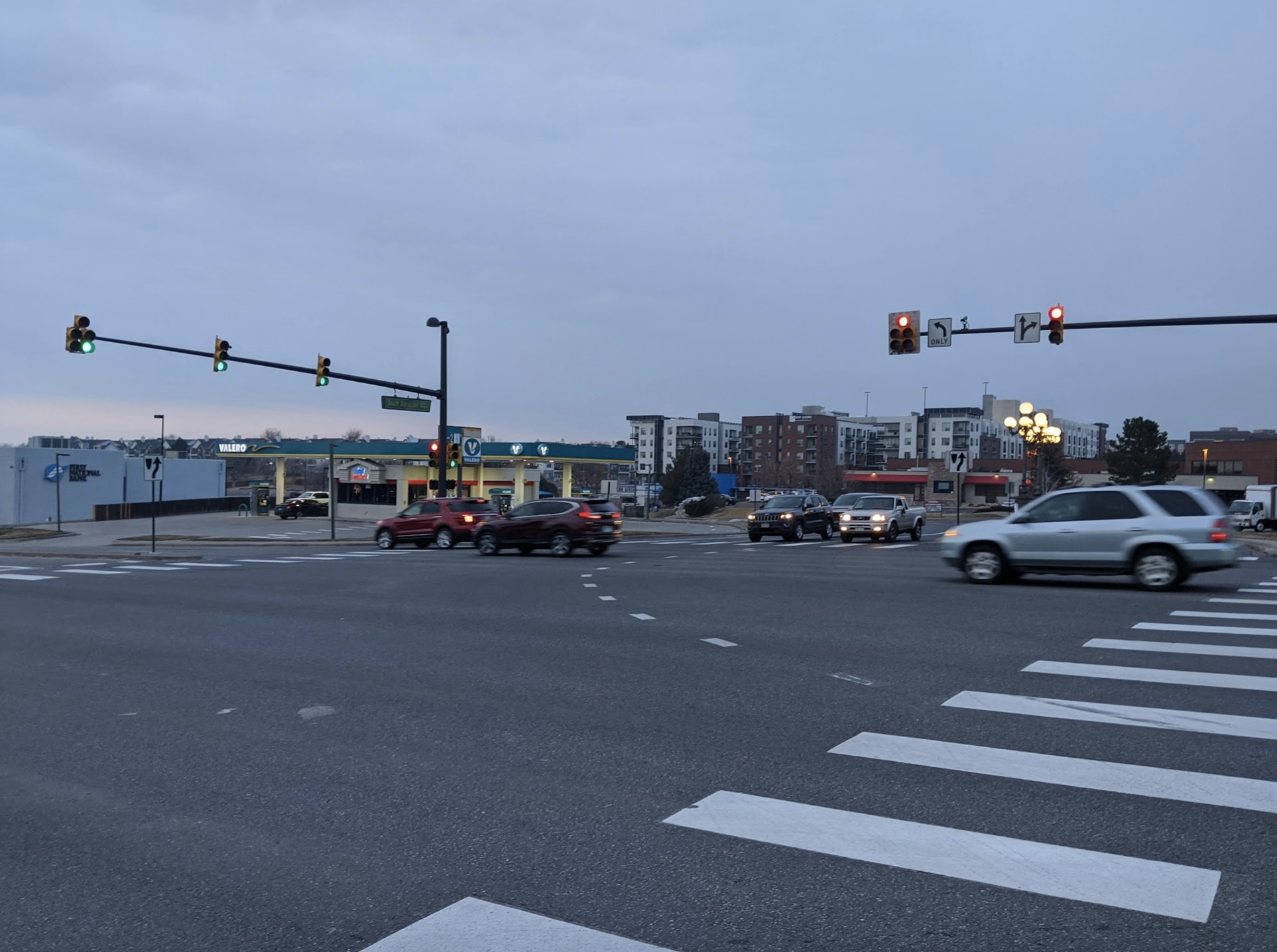
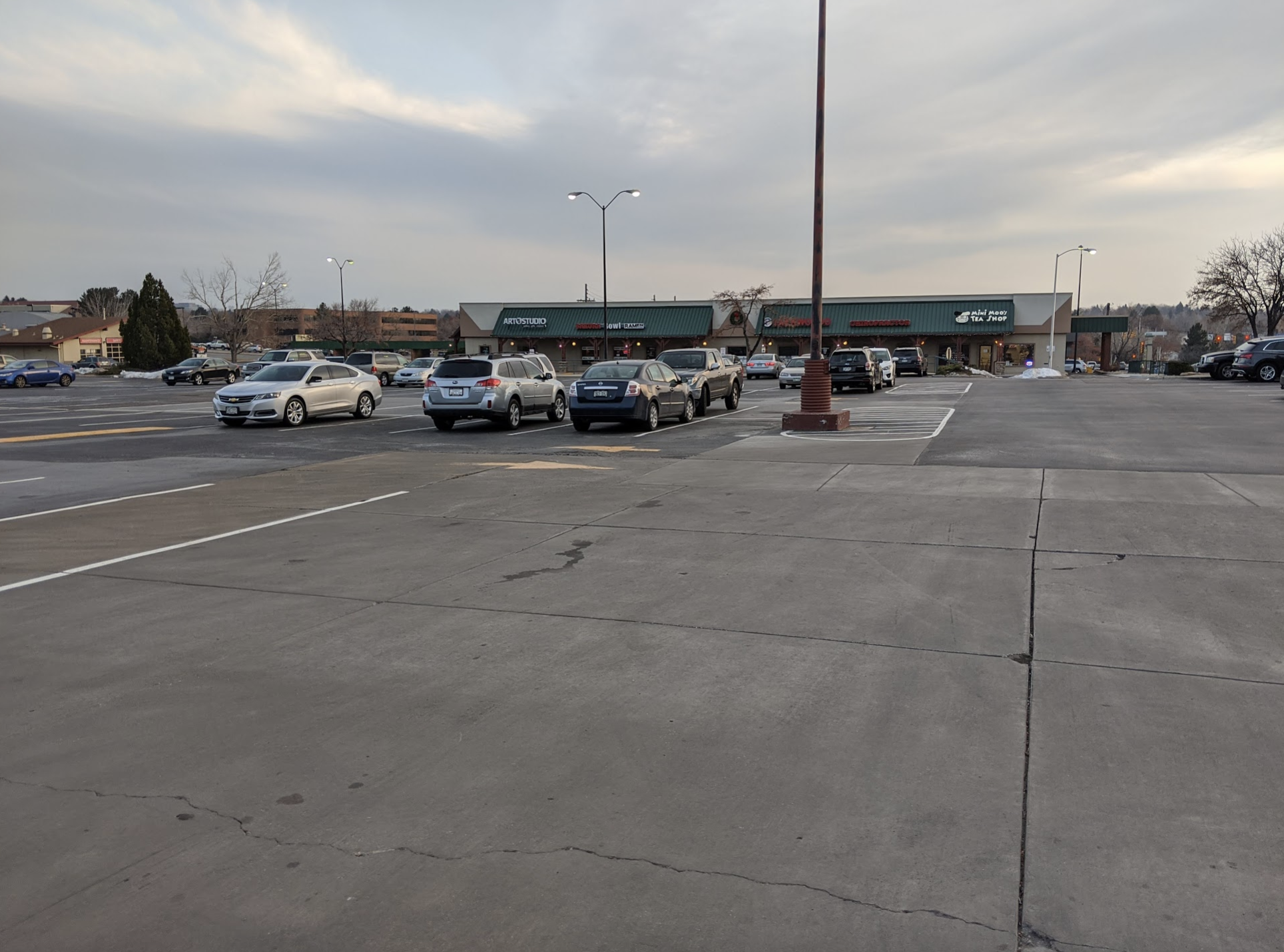
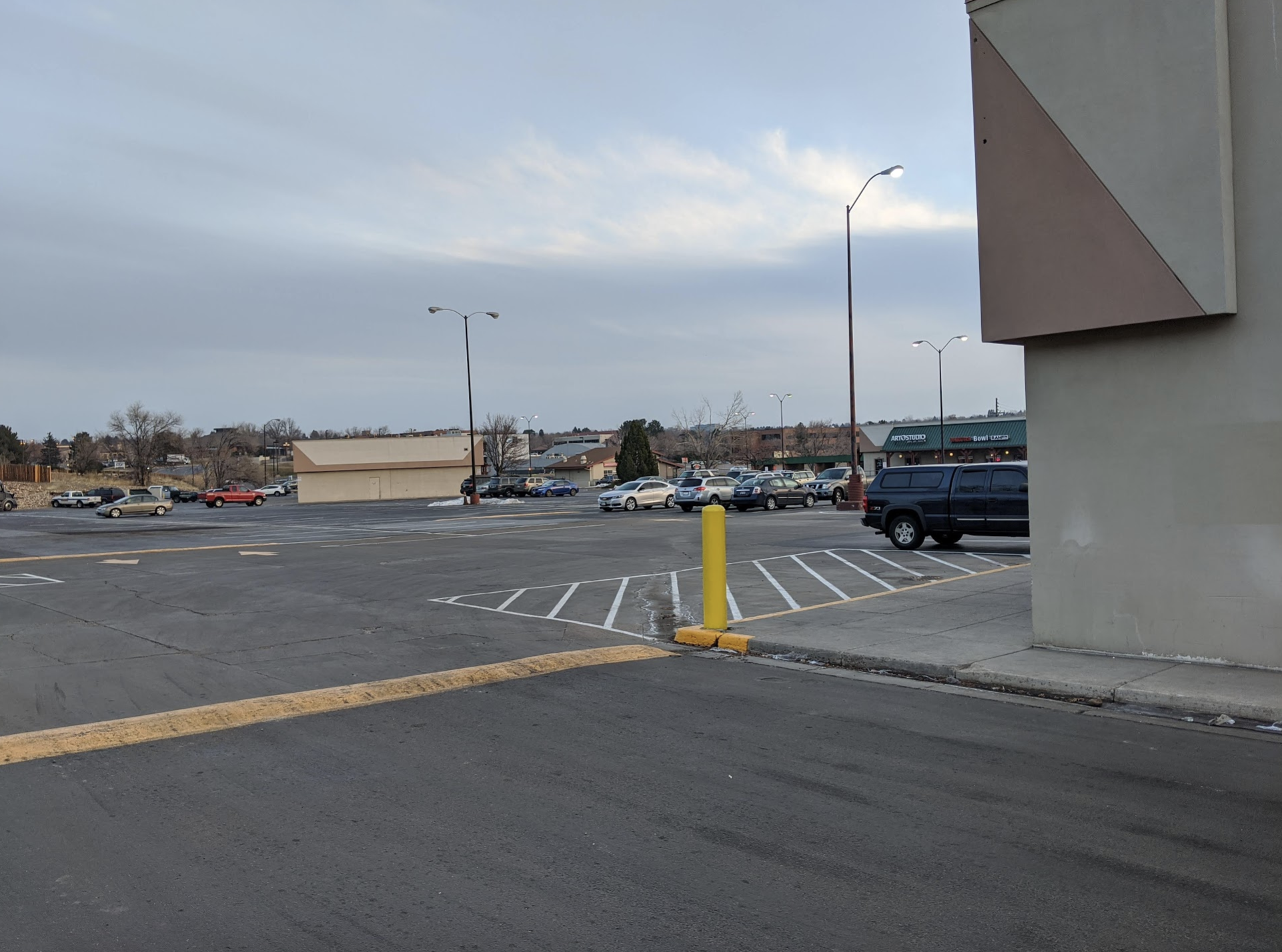
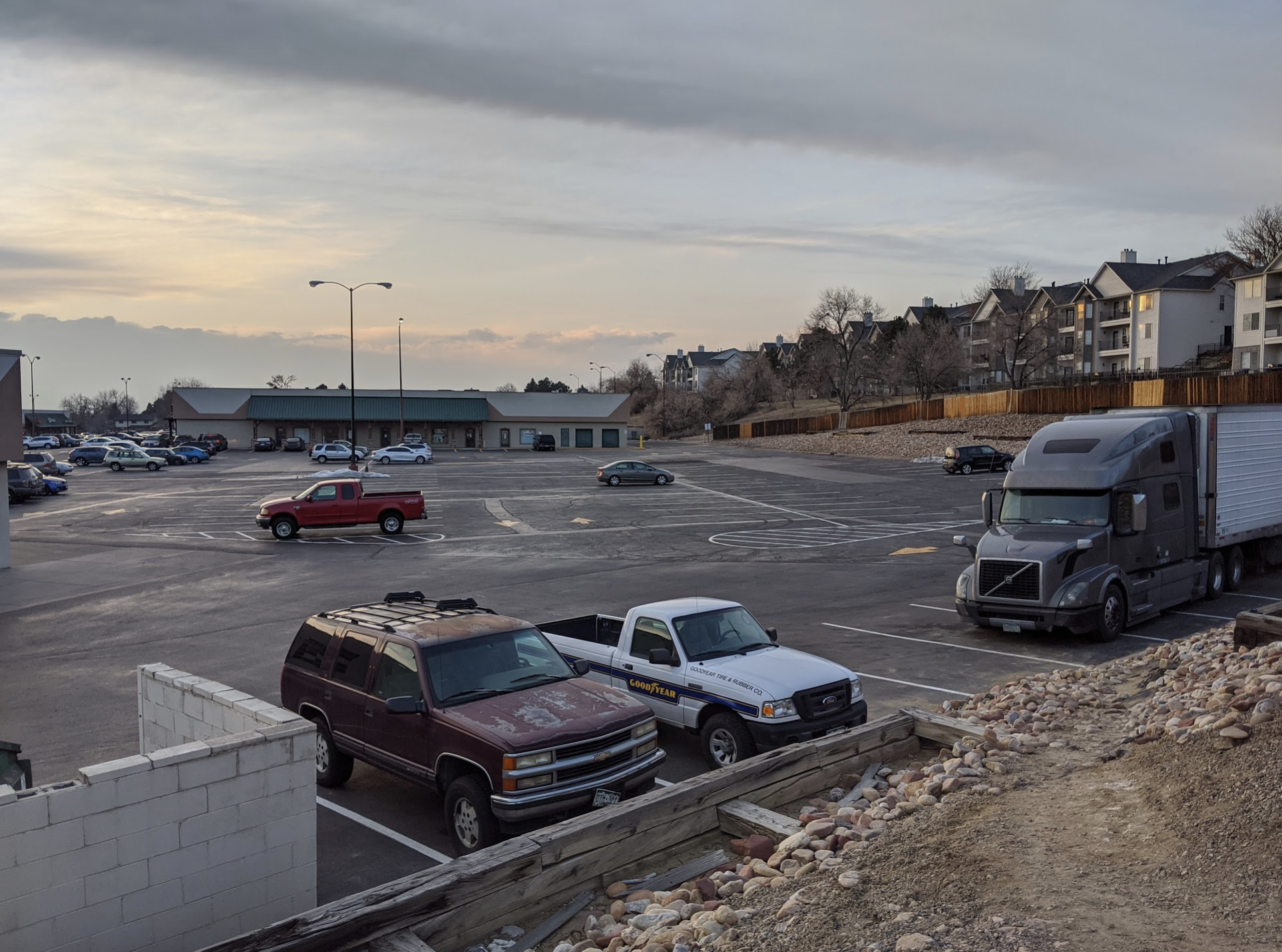
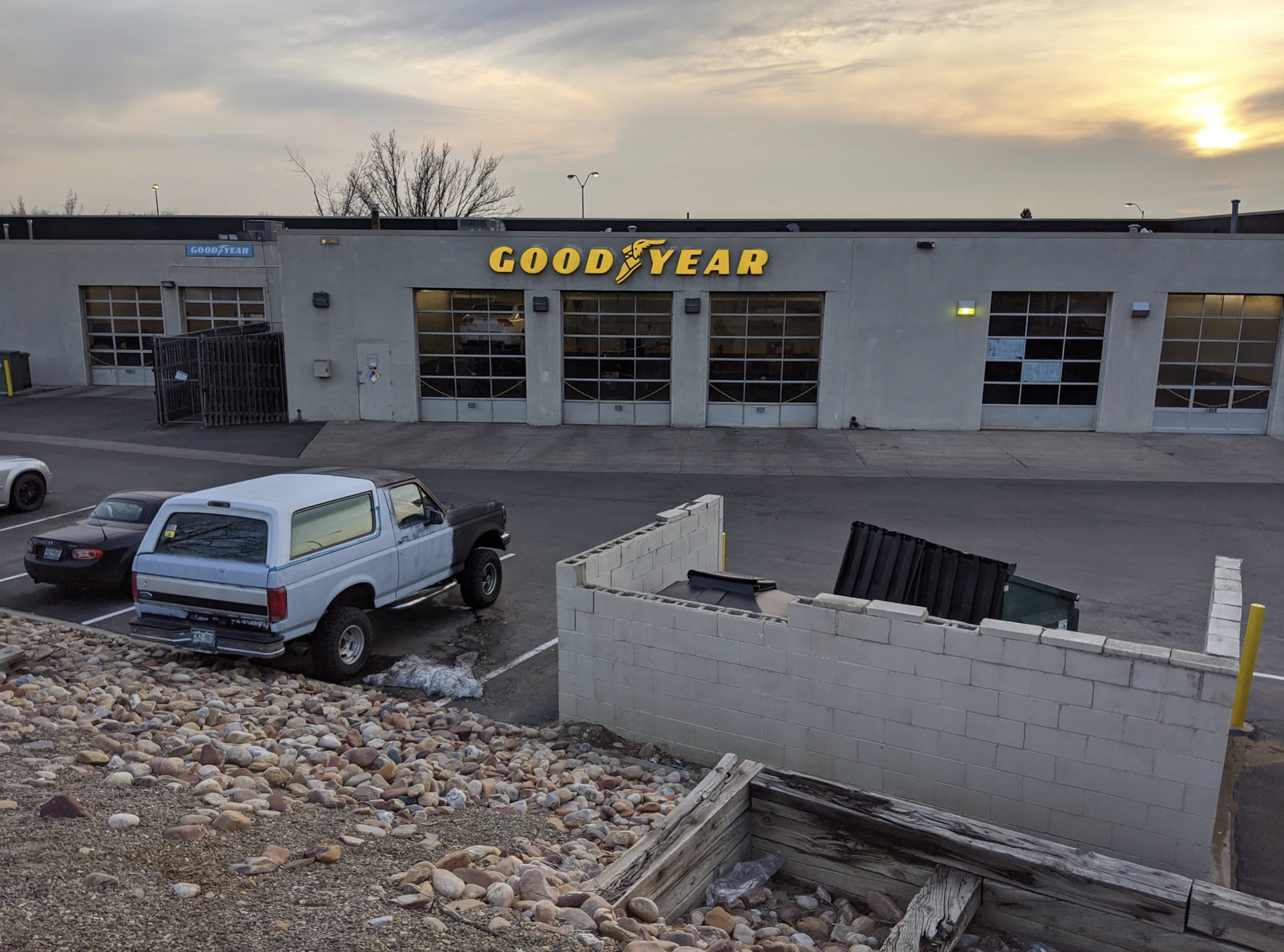
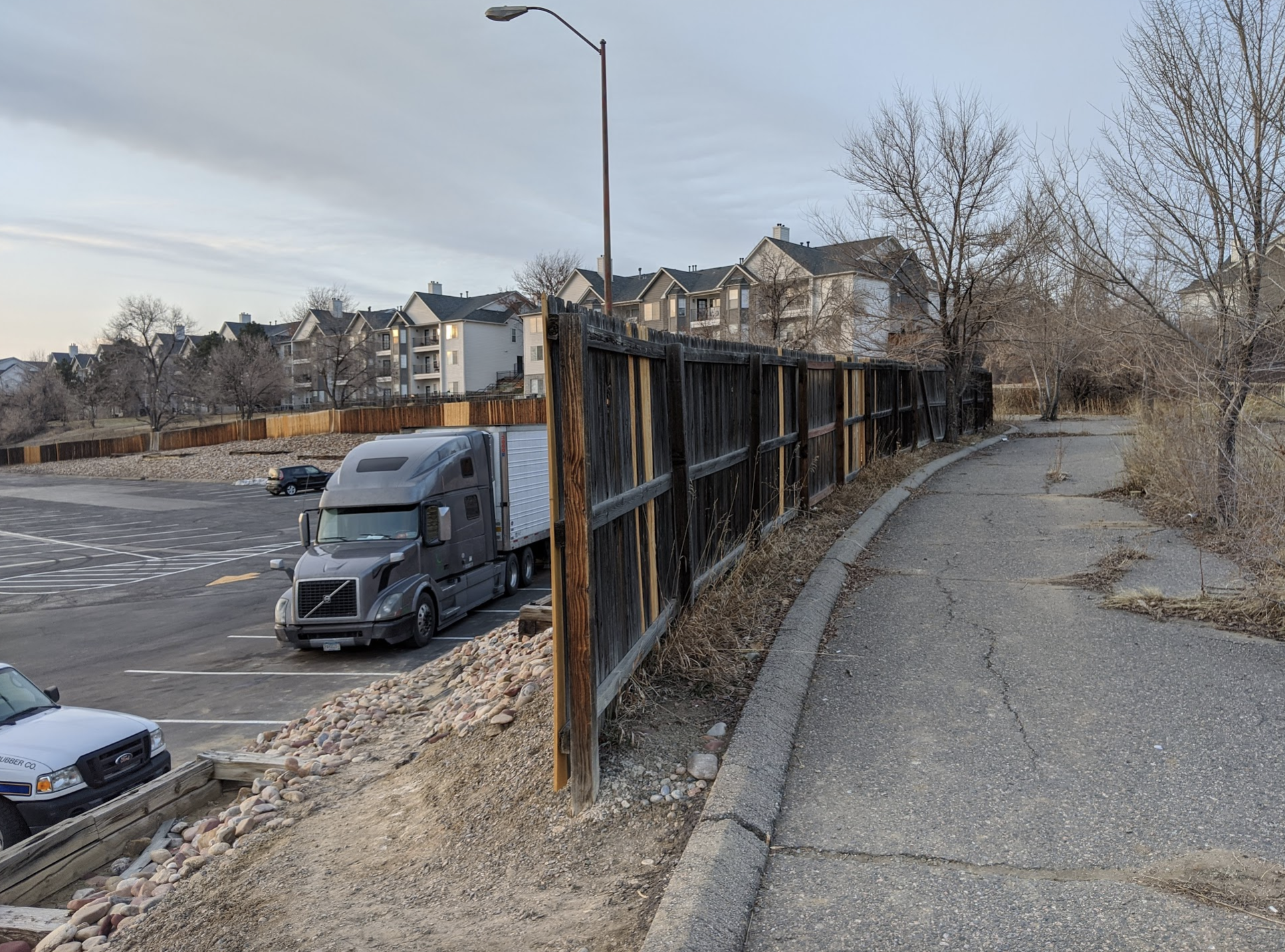
This is the post Word War II landscape Americans have inherited. It’s what’s legal and possible to duplicate. It’s what institutional funds are willing to finance. It meets all the codes and conforms to all the zoning parameters. It even meets environmental strictures, believe it or not. And the general voting public accepts it, more or less. I don’t particularly like it, but it’s what exists almost everywhere today. The driving force—the new social consensus—isn’t the unified whole of a town, but the component parts. Are the individual homes and apartments comfortable with the right internal features? Is there ample free parking? Are the roads wide enough to accommodate peak traffic demand at rush hour? Are the schools good, meaning…do the right kinds of people send their kids there? As long as people are satisfied with the separate parts, the stuff in between is irrelevant.
I’ll paraphrase my friend Steve at Rational Urbanism. For every wee tad success at building a new barber shop with an apartment above it on a narrow tree lined street there are seven hundred century old existing versions bulldozed to make way for a road widening project, a parking lot, and a storm water retention pond. We’re not going to build more Main Street towns. That realization made me sad. Then I got over it. I can only bother with things I have some control over. This ain’t it. Next!
Since my belle reve of Main Street urbanism is no longer an option I now focus on adaptation. What can ordinary people do within this environment that makes sense without breaking the rules or going so deep in debt that they risk personal financial ruin? Turns out… quite a lot really.
Many ordinary single family homes can be repurposed with minimal effort as de facto multi-family homes by taking on a roommate or accommodating extended family. An ensuite bedroom with an exterior patio door that opens out to the garden provides a granny flat without the pain of administrative drama. A “luxury wet bar” in the master suite transforms the room into a quasi studio apartment within the larger home. It’s not ideal among strangers, but it works between family and good friends.
My goal is to have a resilient life that allows me to ride out unexpected rough patches. It’s hard to retrofit a rented apartment or a condo with group ownership. But a single family home can be super insulated and fitted with cost effective alternative energy systems without begging for special permission. I think of it as suburban homesteading. That means I don’t want to take on excessive debt. I’d like diversified sources of income. And I’d prefer a generous buffer against supply chain disruptions.
The key is to identify areas with the least institutional friction. If there’s a private home owners association I’m out. If the local municipality has outlawed drying laundry in the sun or growing vegetables in the front yard I’m unlikely to be simpatico with the prevailing neighborhood culture. It’s easier to identify more accommodating areas than fight the status quo. While property is generally expensive the economy has some predictable boom and bust cycles. Wait. Save. Plan. Then buy low after a crash. Every bubble is in search of a sharp pin.
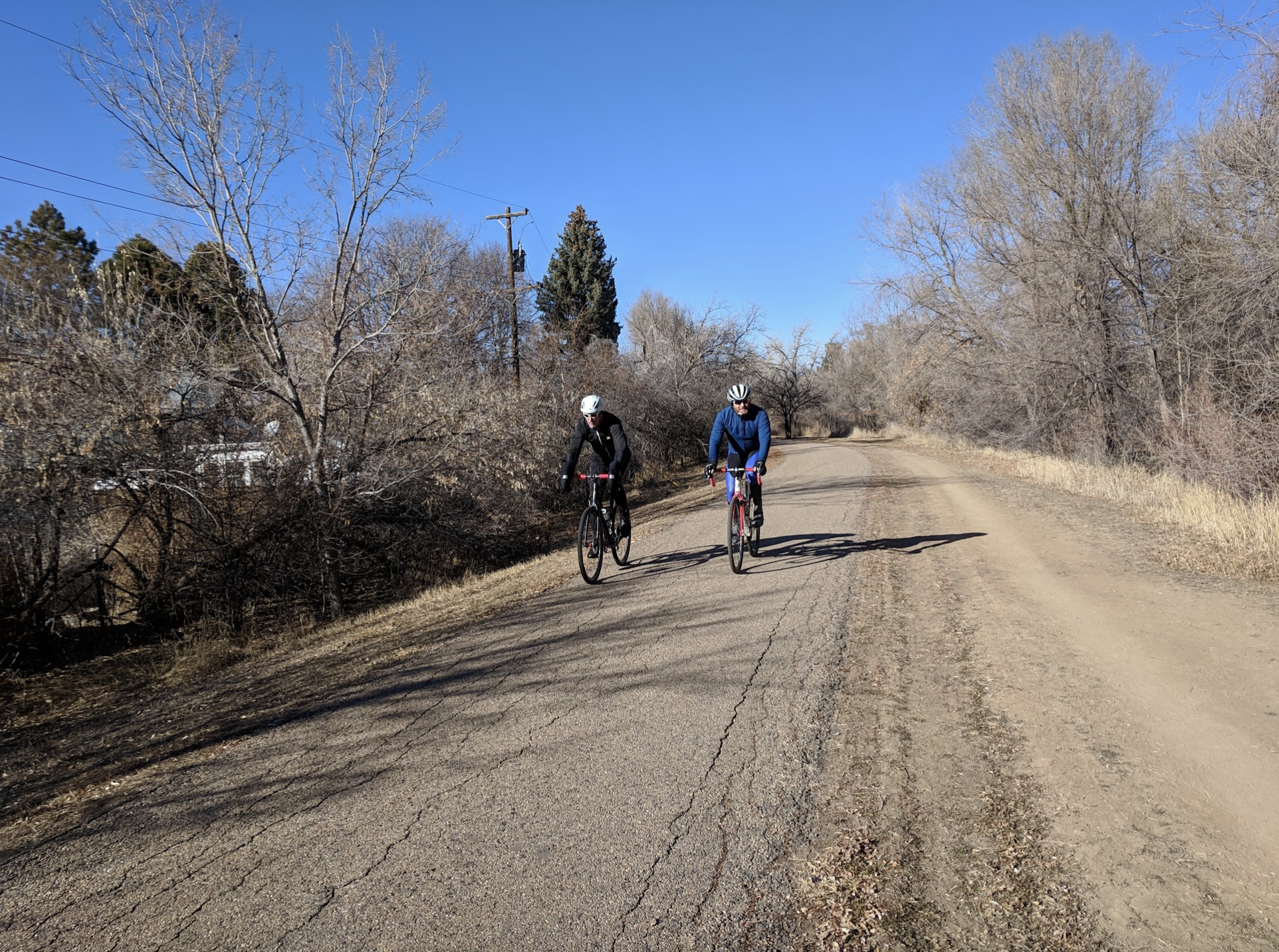
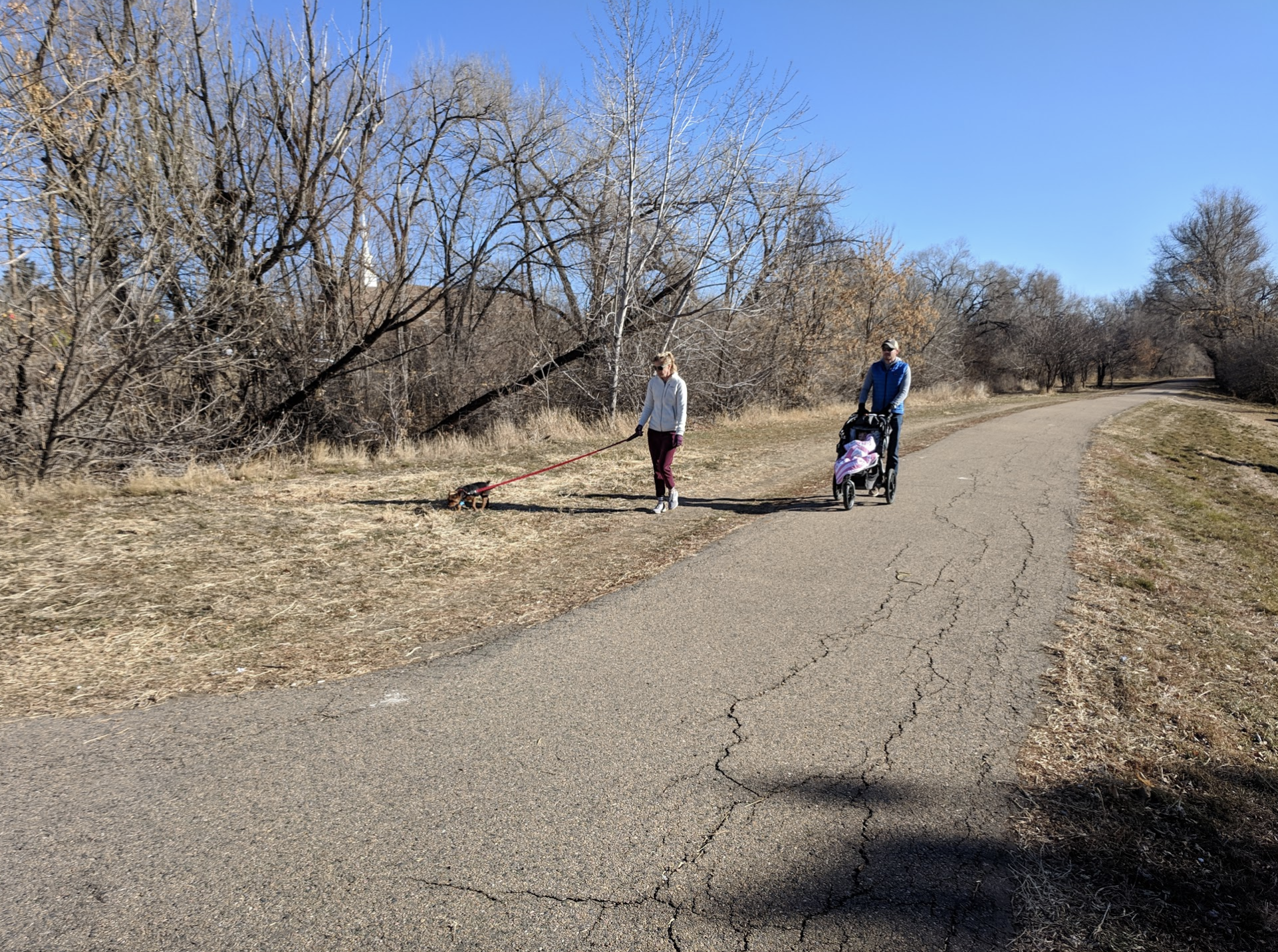
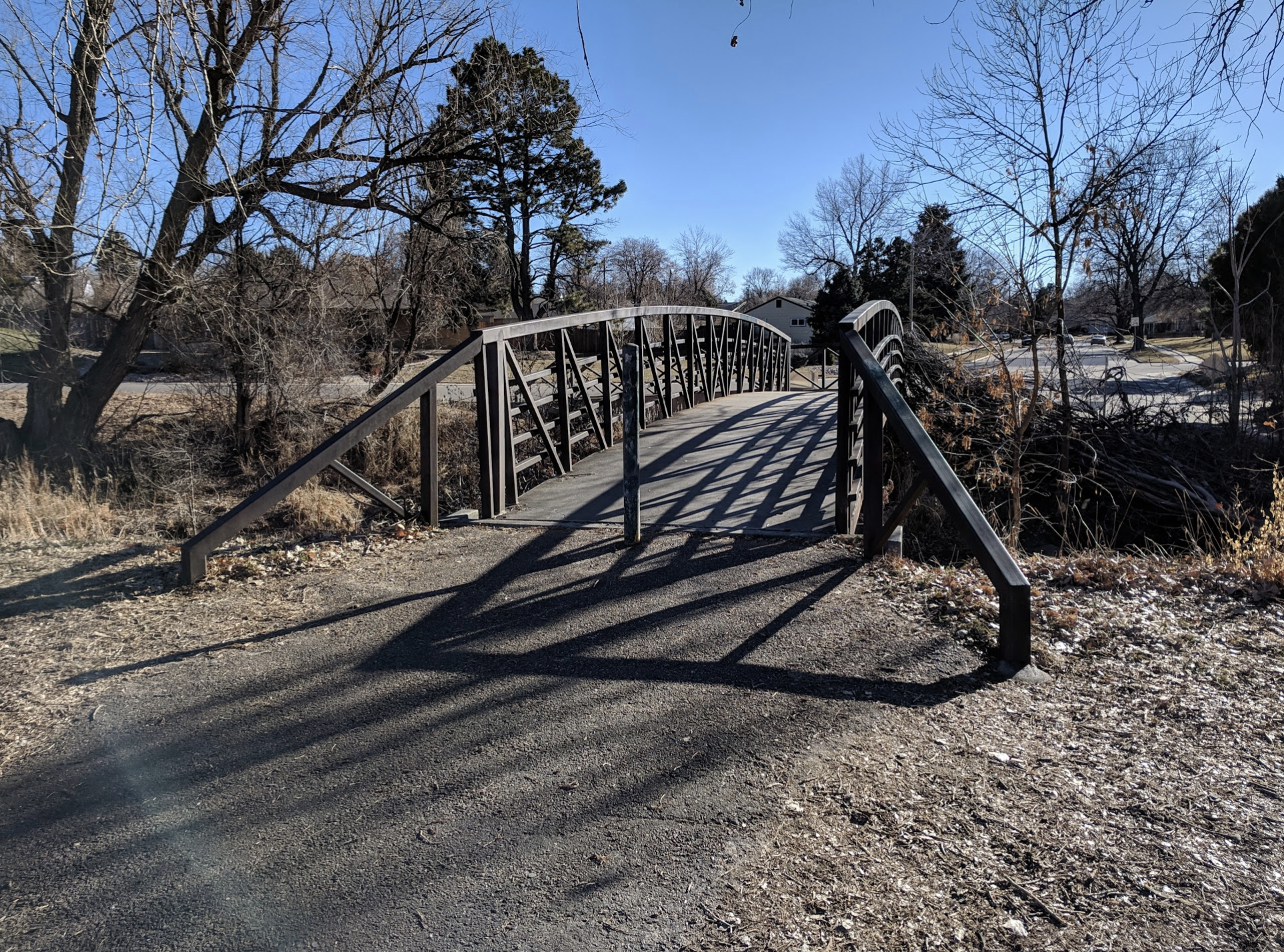
Car ownership might be mandatory in many locations, but going car-lite with one vehicle per household instead of three or four is possible in some spots. While I’d prefer a bungalow in an older walkable neighborhood there’s a far more generous supply of low grade post war auto-dependent suburbs. Many are affordable and within a bicycle ride of civilization. Some even have dedicated bike paths. This is the low hanging fruit. It’s not perfect. It’s not what I really want. But it’s what’s possible these days. I’m embracing it in my own life and encourage others to explore the possibilities. The beautiful dream is just slightly modified.



